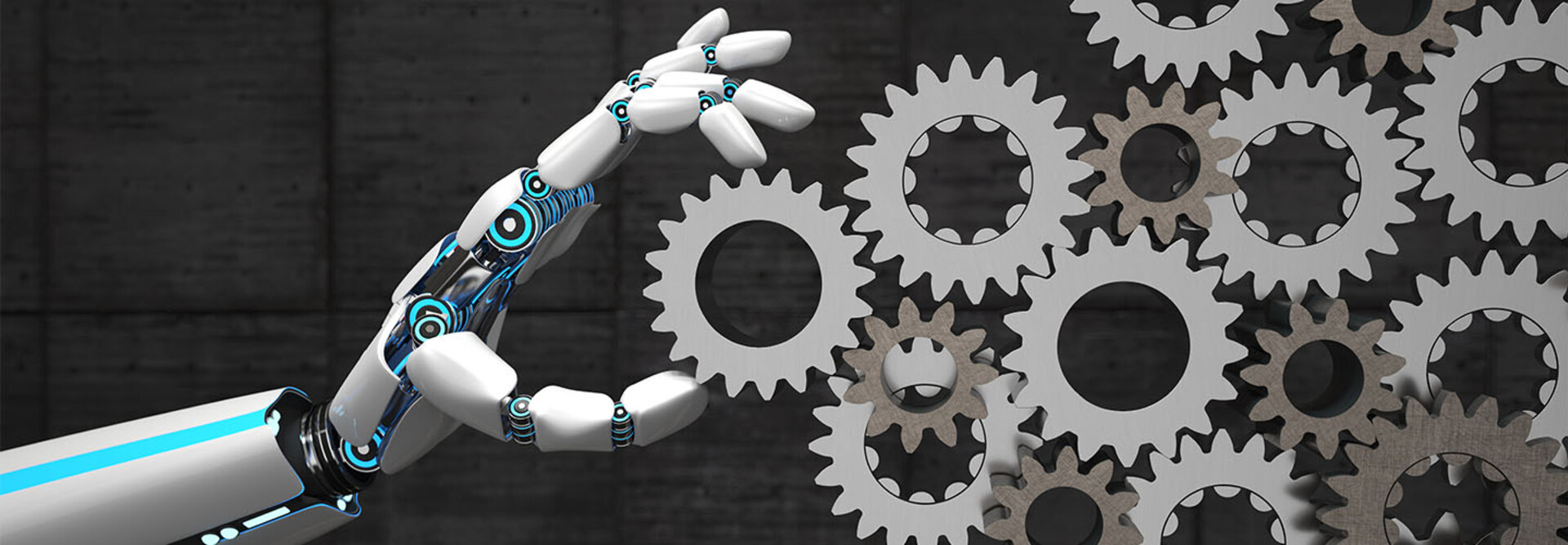Artificial intelligence has become an invaluable tool for nonprofits, helping them maximize efforts on their most mission-driven tasks. This success is largely driven by AI for IT operations, or AIOps.
AIOps isn’t a singular tool or even a multitool solution. Gartner defines it as a combination of “big data and machine learning to automate IT operations processes, including event correlation, anomaly detection and casualty determination.” Experts at Cisco say it is a “transformative approach that leverages AI to turn data into actionable insights, automated responses, and enabling self-healing systems. This shift isn’t just integrating AI into existing frameworks; it has the potential to fundamentally transform IT operations.”
Click the banner below to learn more about CDW’s nonprofit solutions and services.
AIOps Helps Nonprofits Overcome Common Obstacles
AIOps is an effective solution for nonprofits’ common challenges, such as workforce shortages, small budgets and other resource limitations.
AI has the potential to “address so many operational capacity challenges that we as a sector have been chipping away at for decades,” explains Jared Chung, founder and executive director of CareerVillage, in The Chronicle of Philanthropy.
Sharing this vision, over half of the nonprofits surveyed for Google’s recent “Nonprofits and Generative AI” report say that they use GenAI in their daily operations. AIOps helps automate and streamline a wide scope of operations, making it easier to raise operational efficiencies without having to increase staff or budget.
58%
The percentage of nonprofits who say at least some members of their organization use generative AI in day-to-day operations
Source: Google, “Nonprofits and Generative AI,” March 2024
Goodwill, for instance, saves a significant amount of resources by leveraging AI tools to screen job applicants more efficiently, and Jacaranda Health leverages GenAI’s natural language processing capabilities. The nonprofit’s NLP model, reportedly the first to be run by African people and trained in African languages, allows them to better communicate with the families they serve, including by texting mothers in their native tongue.
DIG DEEPER: How to demystify artificial intelligence adoption for your organization.
AIOps Helps Nonprofits Maximize Their Data
Splunk details five primary use cases for AIOps — Big Data management, performance monitoring and analysis, anomaly detection, event correlation and analysis, and IT service management. All of these have a common denominator: maximizing data.
When handled properly, data can hold the keys for nonprofits to achieve success. As detailed by the Stanford Social Innovation Review, Cisco and The Chronicle of Philanthropy, here are some of the ways nonprofits are using AIOps to leverage data.
- Reboot Rx, a nonprofit health tech startup, leverages AIOps to sort through hundreds of thousands of research papers to identify generic drugs suitable for cancer treatment. Before AI, this task could take years for a full team to complete. Now, it takes just days for a single researcher to do.
- Learning Equality, a global education nonprofit, uses AIOps to align massive libraries of educational content to a given country’s curriculum standards in a short time frame. In Uganda, it quickly matched 12,000 learning resources with more than 2,000 learning categories.
- Replate, a food rescue organization, worked with Cisco’s AI for Good team to develop a machine learning model that can forecast supply to maximize food recovery and optimize operations. To date, this has been instrumental in helping the nonprofit recover nearly 4 million pounds of food, which in turn has saved 1 billion gallons of water and diverted the equivalent of 4,000 tons of carbon dioxide.
- The Contingent, based in Portland, Ore., which aims to empower leaders and mobilize community for the common good, uses AIOps to target ads recruiting foster parents. The organization worked with Microsoft to create a model of a likely foster parent, using AI to pull potential candidates based on their online behavior and demographics. And it’s working: In Arkansas this April, the approach attracted five times as many potential foster parents as nonprofits that took a traditional approach.
These use cases are only a small sampling of how nonprofits are using AIOps on a larger stage. “Nonprofits that use AI will replace those that don’t,” Nathan Chappell, senior vice president of DonorSearch, has warned. “Start, because if you don’t, you will be left behind.”











